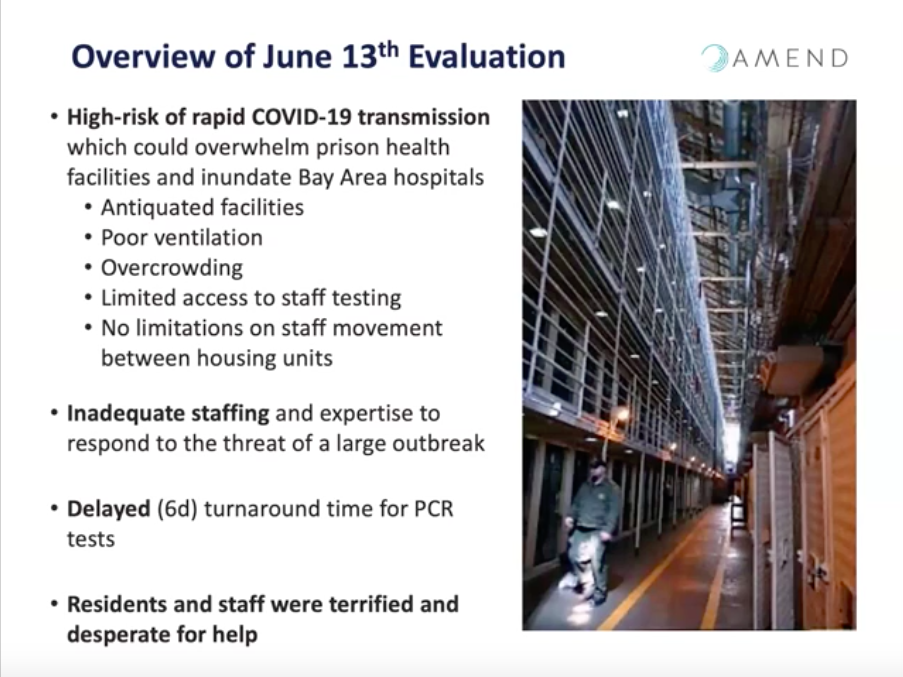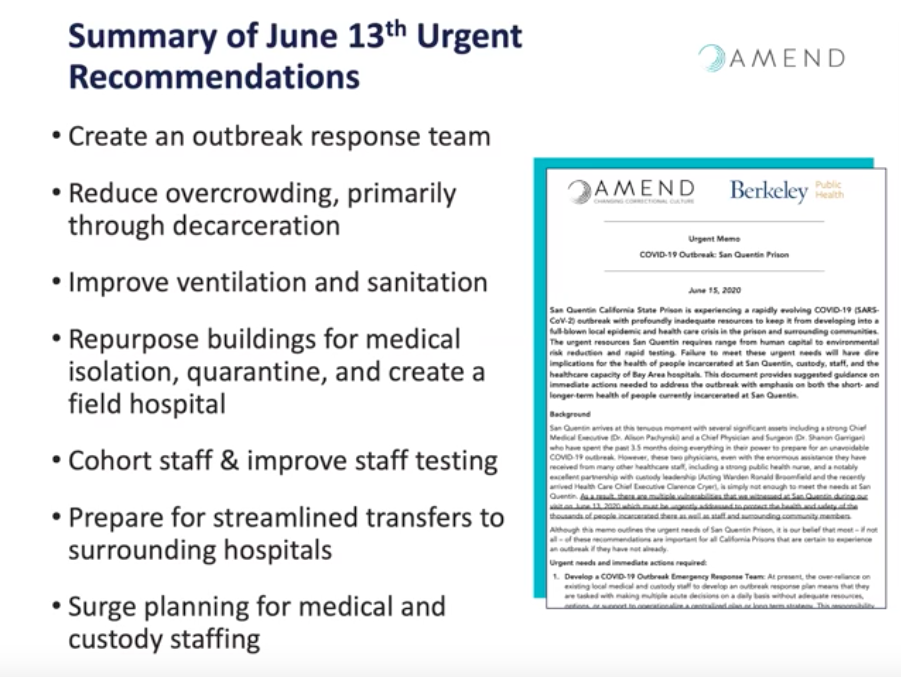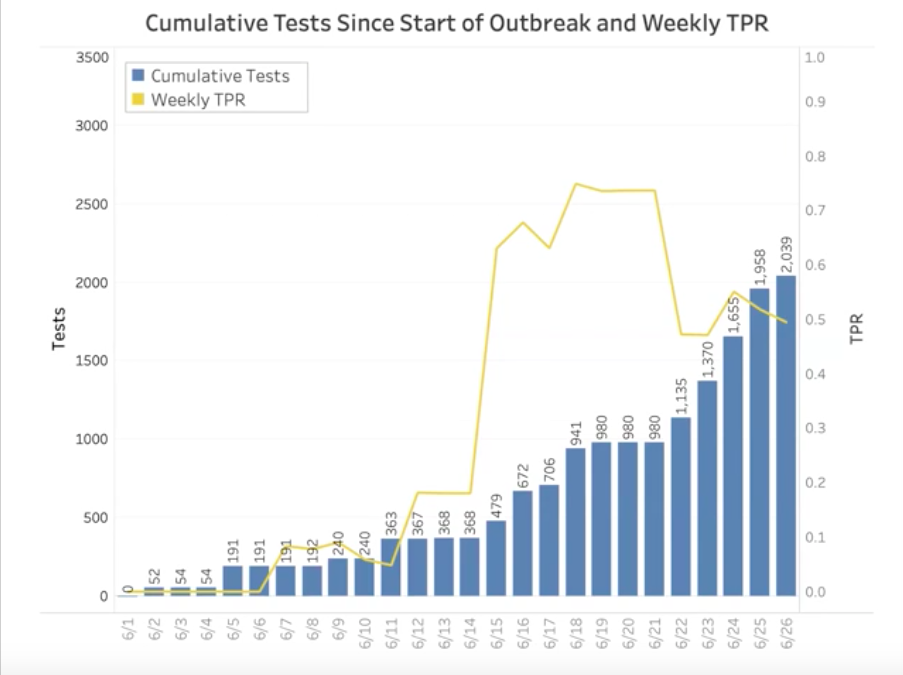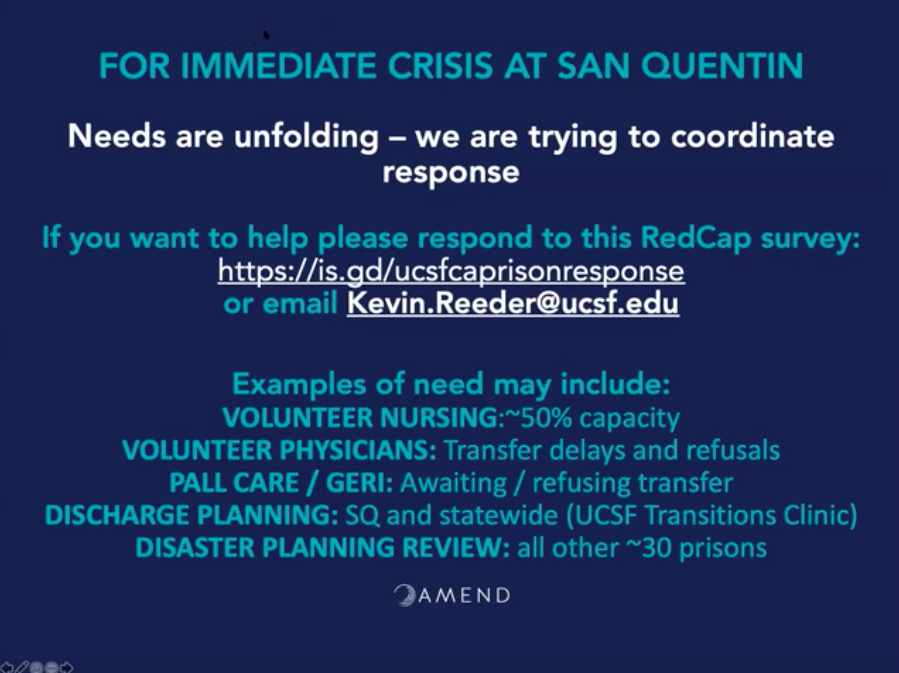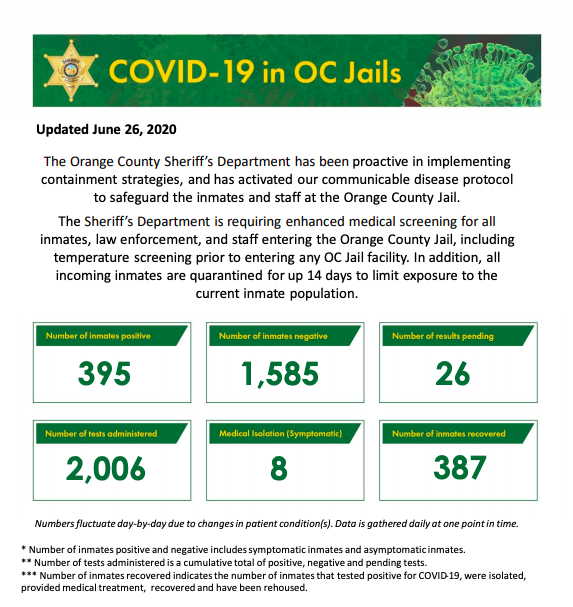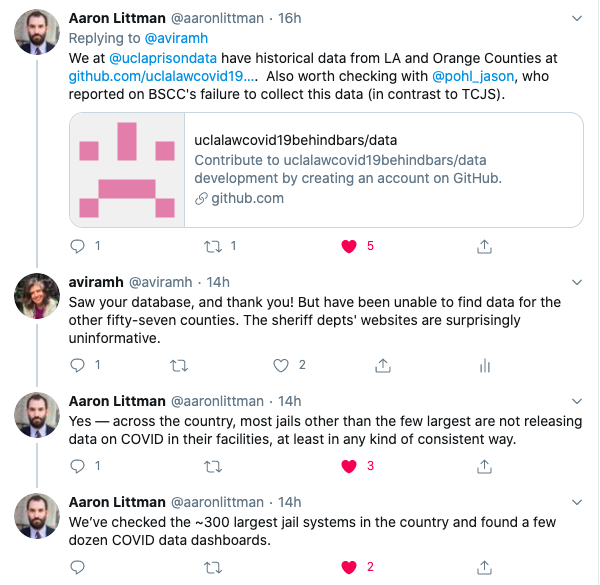Today’s stunning, forward-thinking announcement from Governor Newsom requires some careful parsing out. I am on my way to KQED, where I will discuss this with Scott Shafer and Marisa Lagos at 11am. If you can’t listen to the broadcast, here are some initial thoughts about the implication of this announcement and where I think we should go from here.
Moratorium: What It Is
Bob Egelko from the Chronicle reports:
Gov. Gavin Newsom is suspending the death penalty in California, calling it discriminatory and immoral, and is granting reprieves to the 737 condemned inmates on the nation’s largest Death Row.
“I do not believe that a civilized society can claim to be a leader in the world as long as its government continues to sanction the premeditated and discriminatory execution of its people,” Newsom said in a statement accompanying an executive order, to be issued Wednesday, declaring a moratorium on capital punishment in the state. “The death penalty is inconsistent with our bedrock values and strikes at the very heart of what it means to be a Californian.”
He plans to order an immediate shutdown of the death chamber at San Quentin State Prison, where the last execution was carried out in 2006. Newsom is also withdrawing California’s recently revised procedures for executions by lethal injection, ending — at least for now — the struggle by prison officials for more than a decade to devise procedures that would pass muster in federal court by minimizing the risk of a botched and painful execution.
The elements of Newsom’s orders are therefore: (1) a reprieve for every death row inmate; (2) shutdown of the execution chamber (3) a withdrawal of the continuous effort to revise death protocols, which we discussed on this blog numerous times. So, no more “tinkering with the machinery of death,” for at least a while.
Moratorium: What It Isn’t
Newsom is not commuting anyone’s death sentence. Even though executions will not happen, all death row inmates are still sentenced to death and housed on Death Row. He is also not pardoning anyone. This is far from the last step on the road to death penalty abolition. Shutting down the chamber and the protocol revision process, however, will set back executions even if Newsom’s predecessor misguidedly brings the death penalty back.
Why Didn’t Newsom Commute All Death Sentences?
Not all death sentences are eligible for commutation, and if Newsom were to commute all of them, he would be facing ferocious litigation. Shortly before the end of his gubernatorial career, Jerry Brown offered some commutations, which were reversed by the California Supreme Court, citing “abuse of power.” Some capital convictions, under California law, are not eligible for commutation, importantly in cases of prior felony convictions, which is the case for about half the inmates on death row. The last word on commutations lies with the court, not with the Governor, and if the Newsom administration wants to offer commutations, it will have to offer them on a case-by-case basis.
Why now?
It’s anyone’s guess, so here are some of my speculations. First, even in these cynical times, when the federal government is full of self-interested people for whom values and the good of the country do not rank particularly high on the priority list, there still are folks who do things on the state and local level because they think they are the right thing to do. Newsom is a long-time opponent of the death penalty and what he has done is in line with his personal values (in fact, conservative commentators have already attacked him for putting his values first–as if it is a bad thing.) Other reasons for the timing might involve the Kevin Cooper case, in which Newsom, joining the growing chorus of people with serious doubts about the conviction, recently ordered more DNA testing. Also, keep in mind that this is not a departure from Newsom’s previous gubernatorial acts in the criminal justice area. A classic example is his plan to move juvenile justice out of CDCR’s control into health and human services. He seems to be hell-bent on dragging the California correctional apparatus, kicking and screaming, into the 21st century, and turn us from a national embarrassment to a national leader in criminal justice.
Can Pro-Death-Penalty Activists Stop This?
They can try, and likely will. There’s nothing they can do about the 737 reprieves–those are squarely within the Governor’s ambit–but they could argue that the shutdown of the chamber and withdrawal of the regulations slouches toward an encroachment on a legislative process. It is quite likely that, in the next couple of days, they will seek (and perhaps receive) an injunction against that part of the Governor’s order, and that will drag on in the courts for a while. Meanwhile, though, no one gets executed, and that’s the material thing, and moreover, as of 12:45pm today, the death chamber has already been physically dismantled.
What Happens to Existing Death Penalty Litigation?
Because none of the sentencing has changed, everything in the capital litigation machine remains in place; in fact, just this morning I spoke to a friend who specializes on capital postconviction litigation and he was on his way to court for a death penalty case. So all of that stuff–quibbling over injections and historical miscarriages of justice–continues as scheduled, except perhaps with some less urgency.
Can Prosecutors Seek the Death Penalty in Cases Pending Today?
Yes, they can, and there are already murmurs around the web by prosecutors that they are required to do the bidding of their constituents (remind me again why we elect prosecutors and politicize our justice system?). But it would be, perhaps, more difficult for a San Bernardino, L.A., Orange, or Riverside county D.A. to justify seeking capital punishment, which is costly litigation (partly because it triggers an automatic appeal)
Should We Try to Abolish through an Initiative Again?
My two cents: Not anytime soon. Here’s why: When several European countries abolished the death penalty when local public opinion still favored it (check out the current struggle in Belarus, which embarrassingly is the only other Western country, beside the United States, with a death penalty). This seems to be one of those things–like, ahem, slavery, antimiscegenation, and homophobic laws about legal recognition of relationships–where top-down decisions tend to precede changes in public opinion and the public falls in line later. Keep in mind that support for the death penalty is at its lowest point since the 1960s and declining; in a recent piece, Daniel LaChance assesses the death penalty in the 21st century and concludes that it is in its last throes.
And remember, Newsom is a sharp and accurate predictor of the arc of progress, as he did with the marriage equality debacle, but he sometimes predicts things too soon for the public. Recall that he was on the right side of the same-sex marriage debate back in 2004, when thousands of our friends and neighbors stood in line in front of San Francisco City Hall to get married. What followed was years of arduous litigation, including a legal change AND a constitutional amendment that were supported by a small majority of Californians (just like the death penalty.) Newsom’s patience in leading struggles like this, it seems, pays off, and even though some criticized it as a political risky move, Kamala Harris’ recent trials and tribulations show that taking the opposite tack (doing politically expedient things that support the death penalty and selling out values for technicalities) also does not exactly pay off. If one has to choose between the fallout from being a careful political tactician and being a leader with values, Newsom has consistently chosen the latter.
Which is why I think we need to let the fallout from this play out for a while without getting public opinion mixed into all this (we know that, in 1865, the Civil War defeat didn’t exactly shift all Southerners toward support of slavery abolition.) Let’s see where the litigation over the order goes. Let’s keep track of homicide rates in the state for a few years, and when we see–as research consistently shows–that the moratorium has not eroded deterrence and that the death penalty has no proven deterrent power, it will be easier to get rid of it. Also, the passage of time plays out into another important aspect of this: the Eighth Amendment interpretation incorporates “evolving standards of decency”, so let’s allow them to evolve and see what the courts do. Which brings us to our last two points:
Nationwide Implications for the Death Penalty?
Eighth Amendment litigation is often shaped by the passage of time. What seemed kind and usual at one time might not seem like that today, and notwithstanding Foucaultian scholars and postmodernists of all stripes, in general the courts’ tendency has been to assume that we are moving forward, not in circles. California becoming a de-facto abolitionist state is a huge boost to the national struggle for abolition. We have the biggest death row in the country and have been very influential in the arena of extreme punishment. This is a big contribution to the critical mass of states that have moved to the abolitionist side–nineteen so far, and with California it’ll be twenty–and this bodes very well for a national abolition, though the current Supreme Court might be a more difficult venue to pursue this than how it was in its pre-Gorsuch and Kavanaugh makeup.
What About LWOP and LWP–the Other Two Components of the Extreme Punishment Trifecta?
Newsom’s decision does not affect the tens of thousands of people serving lengthy life sentences in California–with and without parole. Moreover, keeping death row inmates on death row means that they continue to litigate extensively at the state’s expense, and none of that investment and attention goes into the other two components of what I call, in my forthcoming book Yesterday’s Monsters, the “extreme punishment trifecta.” If anything, taking the mystery out of whether people are getting executed highlights the lack of difference between death row and life sentences and makes the arguments that life sentences are “the other death penalty” starker.
This only means that what happened today is good news. As readers of this blog know, I’ve always been upset with the progressive tendency to assume that reform is the enemy of revolution and that Dismantlement of the Prison Industrial Complex Must Happen Today Or Not At All. Which is why I wrote, back in 2016, this op-ed, titled “Are you against the death penalty? Good. Then vote against the death penalty.” The point that life sentences are cruel and horrible is not lost on me; quite the opposite, I’ve written a book that argues that attacking LWOP is not enough and that LWP is just as draconian given the vicissitudes of the CA parole system. But what we must remember is that reform always happens incrementally. I recently got to talk about this with Marc Mauer, coauthor of The Meaning of Life. Mauer says we must focus on life sentence abolition in all states that have already abolished the death penalty, and I think he’s right. Newsom’s courageous stance means that we can get to that business in California soon, and I, for one, am delighted that we finally get to fight more fights for what’s right.
